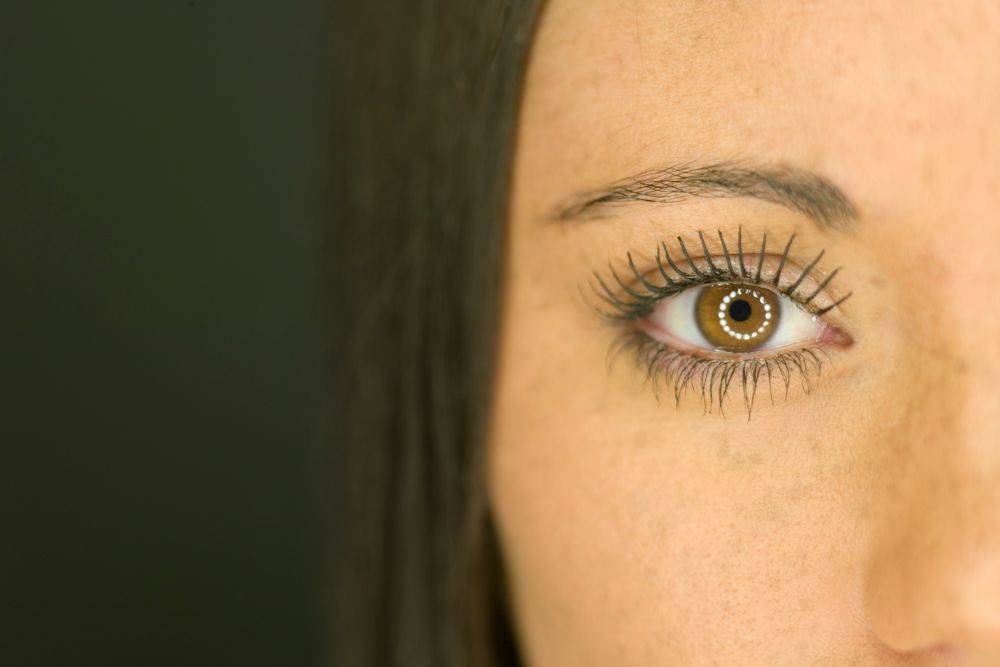Floaters and Eye Flashes: Are They Harmless or Cause for Concern?

Have you noticed shapes drifting across your field of vision, or brief strikes of lightning? You may be afflicted with floaters or eye flashes, which typically are symptoms of other conditions. While these are often harmless, you should tell your ophthalmologist if they appear. Floaters and flashes may indicate serious issues, like retinal tears or detachment.
Eye Floaters' and Flashes' Characteristics and Symptoms
You’ve probably observed an eye floater, or myodesopsia, at some point in your life. They slowly drift through your field of vision, changing shape, usually in one eye at a time. They’re very common for people age 50 and older, impacting 75% of that population; from age 80 to 89, this jumps to 87%. While floaters may affect children under 16 years of age, they’re usually not noticed unless resulting from eye disease. No matter how often you blink, floaters are permanent, but they tend to be less noticeable over time.
As for eye flashes, or photopsias, they typically appear when you wake in the morning, then fade throughout the day. They may also show up in dark rooms. Generally, flashes manifest as forms of light, like streaks, bursts, or jagged lightning bolts.
Leading Causes and Risk Factors of Floaters and Flashes
A common cause of floaters and flashes is posterior vitreous detachment (PVD). Related to aging, PVD involves the gradual shrinking of the vitreous, the clear, jellylike substance filling most of the eye’s total volume. The aging vitreous grows sticky, making it pull on the retina. In the case of floaters, this results in the formation of tiny particles that slowly drift through your field of vision, including the retina’s center part, the macula. With PVD, floaters or flashes often only appear in one eye.
Myopia (nearsightedness) increases the risk of floater development, particularly among children under 16, and with more myopic eyes, the vitreous ages quicker. You may also develop floaters if you have blood in your eye, which is often linked with diabetic retinopathy. Other causes include uveitis, having had cataract surgery, or having past eye issues like swelling within your eye.
Flashes may develop due to ocular migraine, which may present without a headache. Common among younger people, they may appear as zigzags, orbs of light, or blind spots. Flashes may also appear as aura symptoms, signaling oncoming migraine attacks, appearing as jagged lines or heat shimmers, and lasting 10-20 minutes. Other risk factors include having family members who’ve had retinal detachments, having had eye surgery, such as for cataracts or glaucoma, and taking glaucoma medication.
How To Know if Floaters and Flashes Are a Health Threat
While an occasional floater is not a big concern, floaters may indicate a torn retina, or one about to detach. These conditions require immediate medical attention, as they may result in permanent vision loss and other issues. Flashes may also represent significant health concerns, as they often accompany underlying conditions, like retinitis pigmentosa, in which retinal cells gradually break down. Contact your ophthalmologist immediately if you have any of these symptoms:
- A large number of floaters or flashes
- Flashes or floaters that suddenly multiply and/or burst
- Sudden gray or dark floaters or repetitive light flashes
- Visual distortions
- A dark area or “curtain” in your field of vision
- Flashes after an injury such as being hit in the eye or face
Your ophthalmologist will perform a dilated eye exam, which allows them to provide treatment faster. Your eyelids may be pressed to identify any retinal tears. Regular ophthalmologic monitoring is essential, and additional testing, like an ultrasound of the eye, may be needed.
Ensure Proper Treatment for Floaters and Flashes
Floaters and eye flashes, while typically harmless, may signal more serious underlying conditions, requiring prompt ophthalmologic attention. If you’d like to schedule a retinal eye exam or you have questions, contact Retina Group of Florida.

